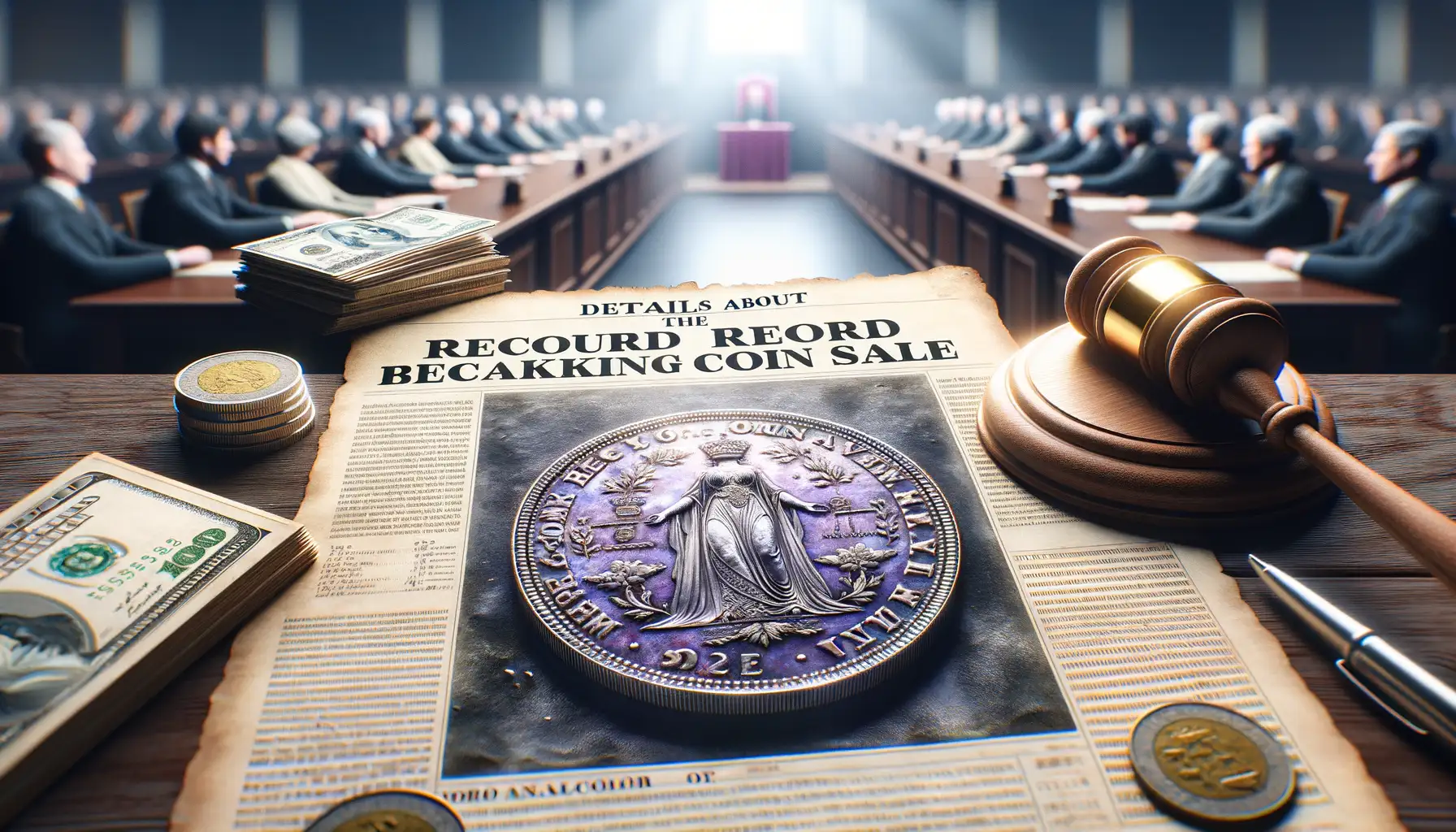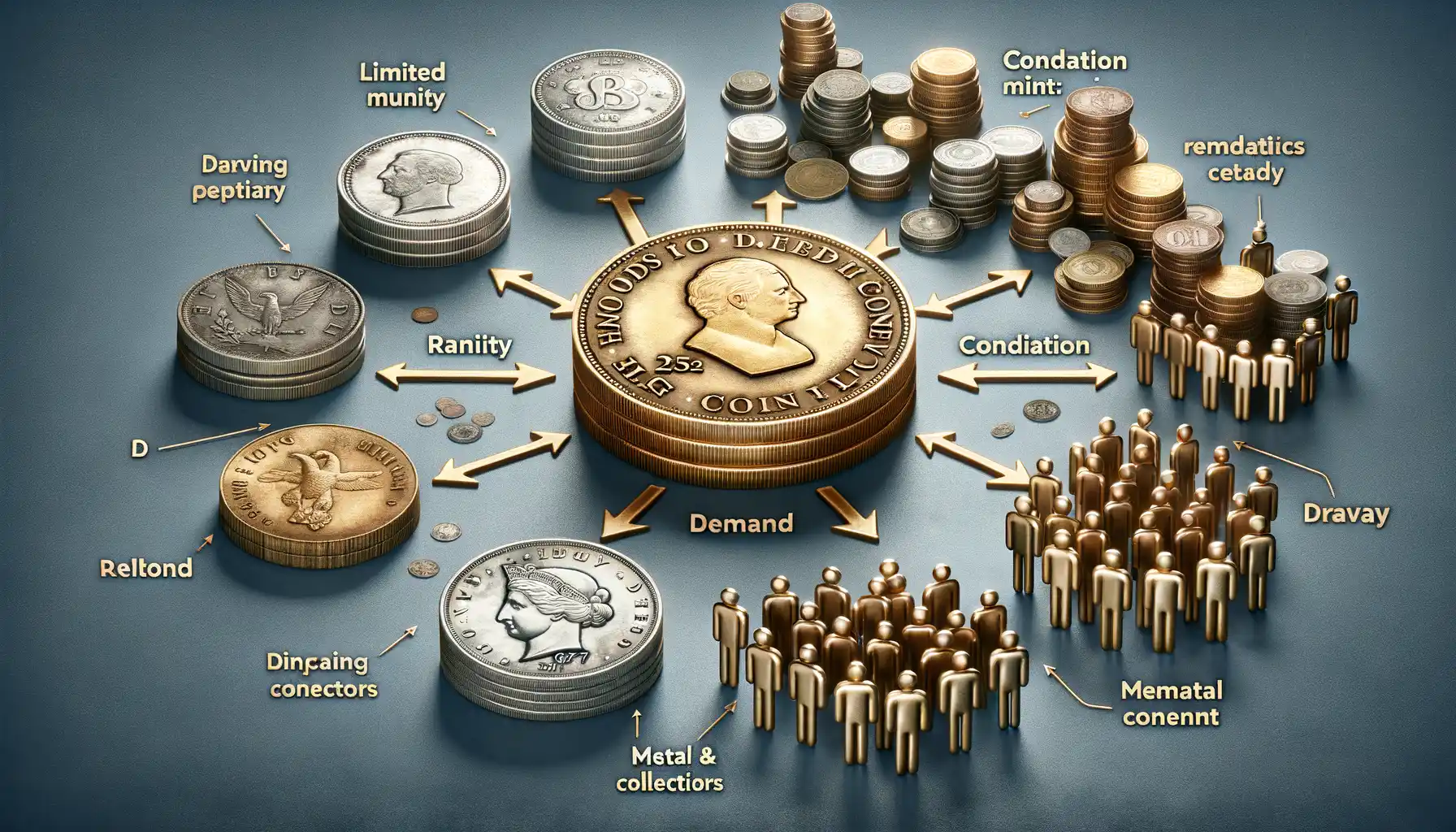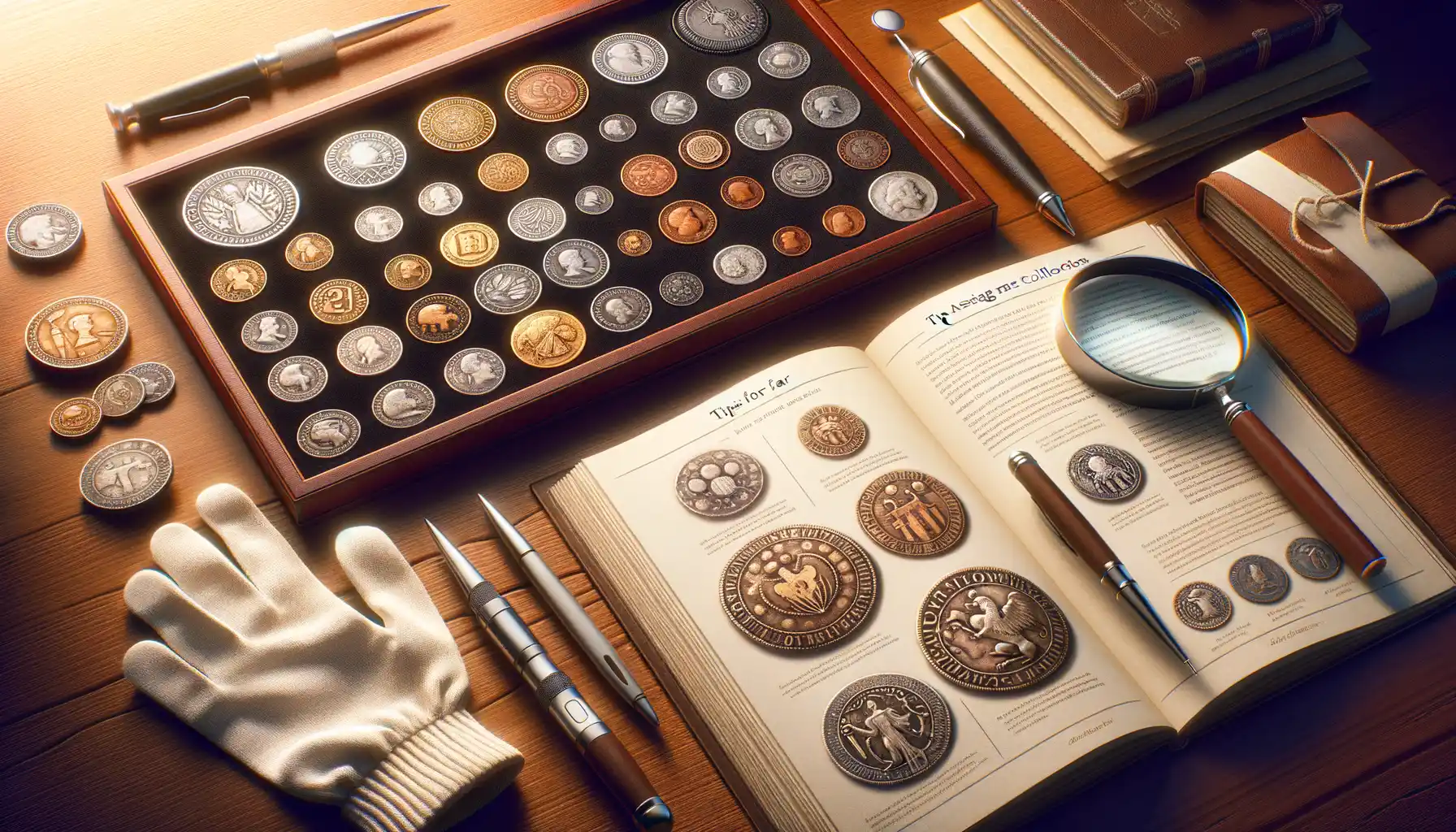Overview of the Most Expensive Coins in History
Have you ever wondered what the price of history might be? When it comes to rare coins, the answer can leave you breathless. These small, metallic masterpieces carry tales of ancient empires, forgotten rulers, and bold adventures—and some have fetched eye-popping sums that defy belief. Let’s dive into the glittering world of record-breaking coins that have captivated collectors and historians alike.
Unforgettable Milestones in Coin Collecting
Among the most legendary is the 1933 Saint-Gaudens Double Eagle, often called the “Mona Lisa of coins.” Why? This gold beauty, minted during the Great Depression, wasn’t even supposed to exist for private collectors due to a government recall. Yet, when one surfaced at auction in 2002, it sold for a jaw-dropping $7.59 million, becoming headlines worldwide.
Another stunner is the Flowing Hair Silver Dollar from 1794. It’s believed to be one of the very first silver dollars struck by the U.S. Mint—essentially, the cornerstone of American coinage. Its historical significance and pristine condition led it to sell for an astonishing $10 million in 2013. Imagine holding the birth of U.S. currency right in your hand!
A Quick Glance at Record Holders
- Double Eagle (1933): $7.59 million
- Flowing Hair Silver Dollar (1794): $10 million
- Brasher Doubloon (1787): $9.36 million
The names on this list feel like royalty, don’t they? Each coin has a unique story, from mysterious origins to incredible craftsmanship. They’re not just pieces of metal—they’re time capsules, shining with intrigue and beauty.
Details About the Record-Breaking Coin Sale

The Coin That Sparked a Global Frenzy
Picture this: a bustling auction room, the air thick with anticipation, as collectors and dealers hold their breath. Then comes the hammer’s fall, and with it, history is made. The legendary 1933 Double Eagle coin shattered records when it sold for a jaw-dropping $18.9 million in June 2021 at Sotheby’s. Yes, you read that right—one small piece of gleaming gold overtook even the priciest masterpieces in the art world.
What makes this sale so captivating is the story behind the coin itself. This isn’t just any gold coin; it’s a rebel. Struck during the Great Depression, it was never officially circulated due to President Roosevelt’s decision to pull the U.S. off the gold standard. Most were melted down, but the Double Eagle defied the odds, with only a handful surviving in secrecy. To collectors, it’s more than gold—it’s pure legend.
- Provenance: Once owned by King Farouk of Egypt, its globetrotting history added intrigue.
- Exclusivity: It’s the only one legally allowed to be privately owned—making it a unicorn among coins.
Chasing this coin isn’t just about money—it’s about owning a slice of history no one else could ever replicate. Incredible, isn’t it?
Factors Contributing to High Coin Values

How History and Rarity Shape Value
When it comes to rare coins, the stories they carry are priceless—and often, so is their market value. A coin’s history can be its golden ticket to astronomical worth. Take, for example, the legendary 1933 Double Eagle. This coin wasn’t just gold; it represented an era of economic upheaval, making it as much a time capsule as a piece of currency. Its forbidden nature—never officially released to the public—made it irresistible to collectors. The more unique and historical the narrative, the higher the stakes in an auction room.
Of course, rarity plays a starring role too. Coins struck in limited quantities, such as mint errors or one-off prototypes, spark fierce bidding wars. Fewer coins mean more desire. What’s more desirable than owning what others simply can’t?
- Mintage Numbers: How many were originally produced?
- Survival Rate: How many still exist today?
- Unique Characteristics: Mint marks, dates, or production quirks.
Rarity isn’t just about numbers—it’s also about drama. Think of it like treasure hunting; the thrill of finding something nearly impossible drives collectors wild.
The Role of Condition and Eye Appeal
Coins, unlike wine, don’t age gracefully unless carefully preserved. Their condition can make or break their value. A pristine coin, untouched by time’s wear and tear, becomes a crown jewel. Experts scrutinize every detail—from luster to strike sharpness—to determine grading. A single nick, smudge, or faint scratch? That could slash thousands from its price tag.
But let’s not forget the human element: visual impact. Collectors crave pieces that dazzle. Does the coin gleam with its original metallic brilliance? Is its design intricate and symmetrical? A high-value coin is one that makes hearts race at first glance. After all, beauty may be in the eye of the beholder, but in the world of rare coins, it often equals an extra zero on the final bid.
Famous Auctions and Their Impact on Coin Collecting

Notable Auction Moments That Shook the Coin World
The atmosphere was electric at Stack’s Bowers in 2021 when the legendary 1933 Double Eagle shattered records, hammering down for an eye-watering $18.9 million. This wasn’t just a sale—it was history in the making, as collectors watched one of the last remaining pieces of U.S. numismatic folklore change hands. Auctions like this do more than set price benchmarks; they awaken dreams, ignite passions, and sometimes even spark bidding wars so fierce you’d think it was a battle for buried treasure.
Over the years, events like the sale of the 1794 Flowing Hair Dollar in 2013 (a cool $10 million) or the Brasher Doubloon in 2021 have turned auction houses into stages of drama and ambition. These coins, each with its own gripping story, inspire collectors both seasoned and new to chase after their own slice of history.
Why Historic Auctions Matter to Collectors
The impact of these record-breaking auctions ripples across the world of coin collecting:
- Rare coins gain more attention, causing prices to rise even for less-famous specimens.
- Collectors feel motivated to research, trade, and refine their collections—who knows what hidden gem might be sitting in their vault?
- Younger generations catch the thrill, ensuring the hobby lives on.
Every bid is charged with passion, every hammer strike echoing with possibility. After all, who wouldn’t dream of finding the next million-dollar coin tucked away in an attic box?
Tips for Aspiring Rare Coin Collectors

Start Small, Dream Big: Your Journey Into Coin Collecting
Dipping your toes into the world of rare coins may feel like embarking on a treasure hunt—and honestly, it is. But here’s the thing: you don’t need to empty your pockets to get started. Begin with coins that intrigue you, whether it’s their intricate designs, historical backstories, or ties to specific countries. A well-worn 19th-century penny might not cost much, but its fingerprints of time speak volumes.
Here’s a golden nugget of advice: keep an eye out for coins in unexpected places. Did grandpa have an old cigar box stuffed in a drawer? Check thrift stores and estate sales too—hidden gems sometimes appear in the unlikeliest of spots.
The Art of Research: Know Before You Buy
Knowledge is your most valuable currency as a collector. Before rushing into a purchase, take time to research:
- Understand the term “grade.” This refers to a coin’s condition and can spell the difference between a modest value and a jaw-dropping price.
- Get familiar with key dates, mint marks, and rarity scales—because a tiny letter like “D” (for Denver Mint) can make all the difference.
- Explore trusted online platforms like Numista or PCGS for detailed coin histories and pricing benchmarks.
And remember, your passion doesn’t need to be polished and perfect from day one. Even seasoned collectors were once starry-eyed beginners enchanted by the sparkle of a single coin. Keep that sparkle alive!